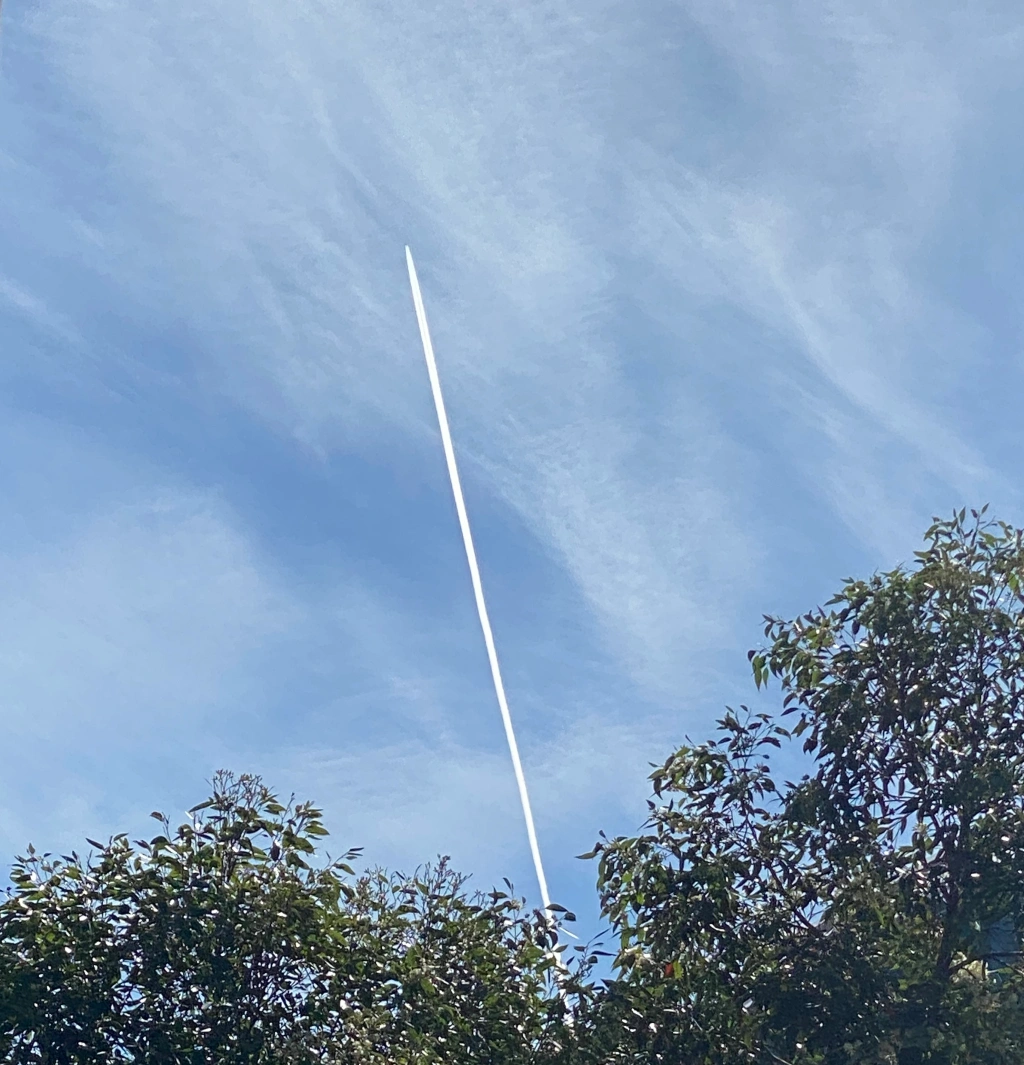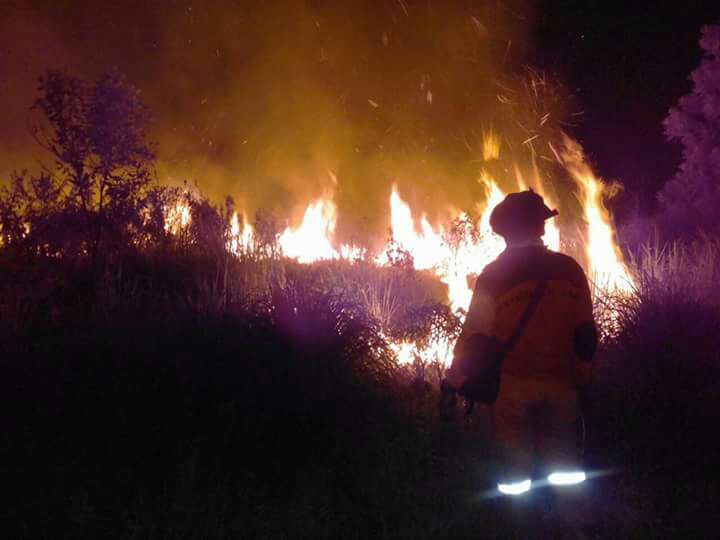Travelling away from home is apt to allow reflection on the real nature of home and so it was sitting in Ubud several days ago. My view was over what was once an uninterrupted southward sweep of sawah, fringed on it’s most distant margins by coconut palms.
Such views are an accumulation of thousands of years of environmental management a persistent involution on the theme of wet rice cultivation interrupted only by the Green Revolution introduction of hybridized rice varieties. This is a unique beauty respecting the lie of land and bound by the rules of flowing water, of gravity and Adat (custom).
I remembered the words of my daughter, Alexandra, 25 years ago, encountering this landscape for the first time, she said, “I like the way they’ve put the rivers in such beautiful places”. Those words, the words of a seven year old, identified the intrinsic dominance of cultural elements in the Balinese landscape.
A more ‘productive’ use of land
Things have changed in Bali. Making a living out of labour intensive rice farming is hard work, even with such a sophisticated irrigation system. Massive influxes of tourists have conferred a new value on picturesque Balinese rice fields. Now instead of the modest return from rice farming, various forms of tourist accommodation in the rice fields present opportunities for previously unimagined flows of foreign currency. The catch is that a clutter of eclectic and sometimes poorly constructed hotel rooms can ultimately overwhelm the beauty that attracted tourists in the first place. Problems of tourism are well documented whether they occur in Bali, the Costa del Sol or Turkey’s Aegean coastline.
My hotel obstructed the sawah view from the house behind, once my home in Bali. My view was across sawah to another hotel obstructing my view and beyond was another hotel, and so on until the distant line of palms.

Using Australia’s land
Yet my thoughts led me back to my own city of Sydney and my own country, the land of droughts and flooding rains, Australia. The problems I’m seeing aren’t just Balinese or Indonesian problems, they’re global problems, in some places they are more obvious, in others perhaps less obvious but the issues remain. What is development, is it sustainable and what are the true costs and benefits associated with it? A triple bottom line approach attempts to reconcile the impacts and benefits of development on society, economy and environment, but are they all equal and equivalent? Some farmers and water users confronting the Murray Darling Basin Management Plan argue that argue that society and economy are far more important than environment. No doubt their are Balinese hoteliers who’d agree with them.
Most of Australia has considerably less than 500mm average precipitation in a year being 2/3 desert or semi desert. Around 80% of the continent has evaporation rates exceeding precipitation and the entire annual river discharge amounts to about 13% of the annual discharge of the Amazon. A significant part of Australia has no surface drainage and another significant part have rivers that simply don’t reach the sea. Well watered areas are largely confined to coastal areas. A vaste sweep of northern Australia has a distinct wet dry monsoonal climate and elsewhere rainfall is highly unreliable with a distinct seasonality, the vast and tragic floods inundating Queensland merely an example of such uncertainty.

In the song ‘The land where the crow flies backwards‘ by Gary Shearston, there’s a pertinent line “The White Man took this country from us and he’s been fighting for it ever since”. Fight the first settlers did. They cleared forests and what they called scrub, they dug earth dams to retain water on the land, intercepting the natural flow. Later the federal government invested in a vast program of capital work, the Snowy Mountains Scheme, to redirect the Snowy river, under the eastern ranges and back into the catchment of the Murray river. The cost of this project was vast, the cost of the irrigation water that now flood into the arid lands of the Riverina region was never accurately assessed in environmental terms.
The romance of 19th century thinking about the land
Much thinking about water in the face of Australia’s aridity is driven by the romance of 19th century engineering fantasies based on profit focused and highly untenable capital works projects. Barnaby Joyce is a strident advocate of this particular philosophy. On January 3 he said:
“Fresh water is the source of renewable wealth, affordable food, green lawns and clean cars. Let us make water as accessible and affordable as possible, and move on from the present naive water policy of building nothing new, shutting down towns or taxing it. Build dams to store water, then move it and use it wisely. I reckon we’re a clever enough country to do that.”
Perhaps Barnaby needs to take a cruise down the Nile and have a good look at the problems of salinity confronting Egyptian farmers following the construction of the Aswan Dam.
Dr. Tarek A. Ahmed of the Non-Governmental Association for Preservation of Irrigation and Drainage Networks and Environ-mental Conservation in Egypt identified the following problems in Nile River System Management arising from the construction of the Aswan high dam.
* Degradation of agricultural soil fertility, entailing the use of chemical fertilisers.
* Salinity and waterlogging problems due to the over-irrigation of lands.
* Propagation of schistosomiasis
* Negative effects on fisheries in the Nile system.
* Due to the recent epidemic propagation of weeds, the safety and effectiveness of
irrigation and drainage networks were endangered, and a significant amount of
water wasted.
Perhaps need only get off his soap box have a closer look at Australia.
In NSW alone salinity in farming areas is a major problem. This condition is directly caused by land clearance for dry land farming but irrigated areas are particularly prone to the problem once irrigation waters flow and water tables. A major constraint on the fantasy is Australia’s extraordinarily high evaporation rates.
The Australian Broadcasting Corporation has posted some essential baseline information on the salinity problem in Australia. They’ve titled this report Salinity Australia’s Silent Flood
Just focusing on my own state of NSW it’s clear that about 70-80% of irrigated land in NSW is threatened by rising water tables and associated salinity problems. The areas at greatest risk from irrigation salinity are in the:
Murrumbidgee River Irrigation Areas near Griffith, including the Mirrool, Yanco and Colleambally Irrigation Areas;
Murray Irrigation Areas around Deniliquin, including the Berriquin, Deniboota and Wakool Irrigation Districts; and,
Jemalong Irrigation District, west of Forbes
In Bali irrigation in the sawah is managed by an ancient and democratically regulated institution known as a Subak. This system is relative so that what farmers receive is determined by what’s available in a given cropping season. Farmers always receive their proportion of what’s available and what they receive is adjusted to the size of their holdings. Of course Bali doesn’t have a salinity problem and it’s soils are deep volcanic deposits of immense fertility.
Appropriate uses of Australia’s land
In Australia settlement is concentrated, largely, along the east and south east coast. This is a rational use of land in many respects since this is where water is most freely available and evaporation at its lowest. Unfortunately this concentration of settlement has led to the transfer of agriculturally viable land with a sound water budget to urban uses. Elsewhere, outside the urban areas, other land like that in the upper Hunter valley near Scone, has been has been transferred to high income pactices such as thoroughbred horse studs.
Slowly a more rational use of land an water is beginning to emerge in Australia. Instead of relying exclusively on the environmentally threatening rice cultivation practices of the Murray and Murrumbidgee irrigation areas, dryland rice growing is emerging in the northern river valleys of NSW.
While the fledgling Northern Rivers rice industry is growing slowly, it faces major challenges. In 2010 nine growers delivered a total of 1100 tonnes to processor and marketer SunRice. Unfortunately the rice mills are in the irrigated arid lands of NSW such as Leeton, so coastal rice must carry the burden of a huge transport cost. Such is the absurdity of irrigation practices and land use in NSW.




Leave a comment